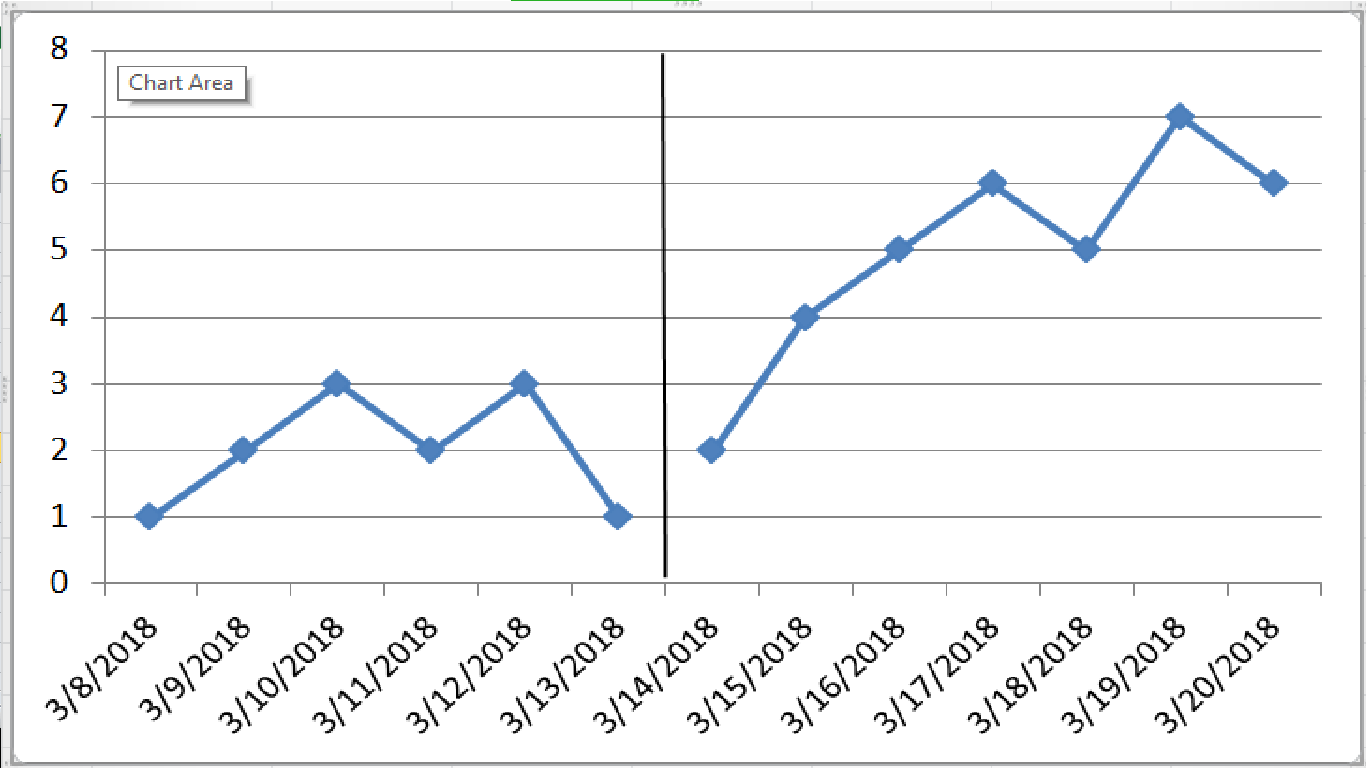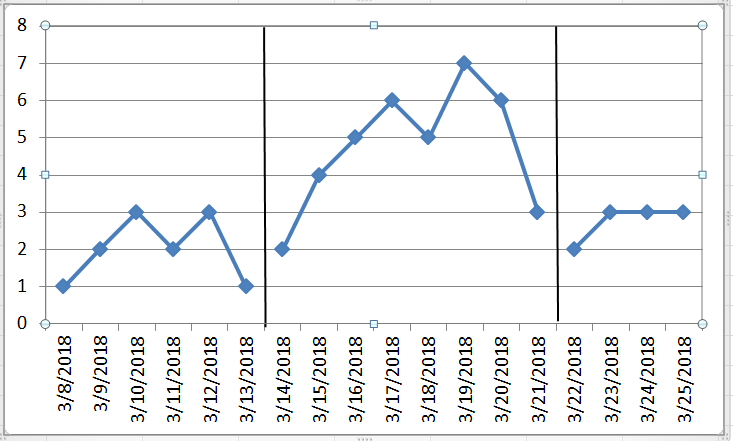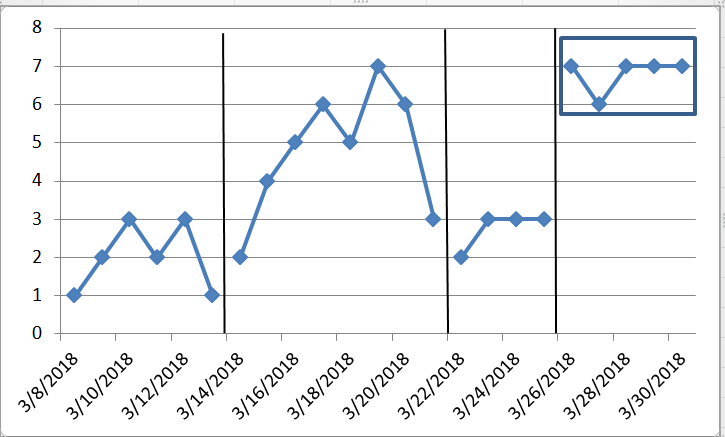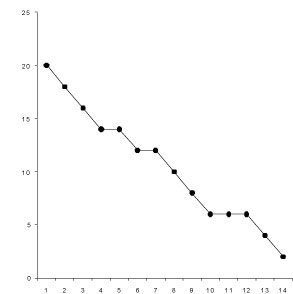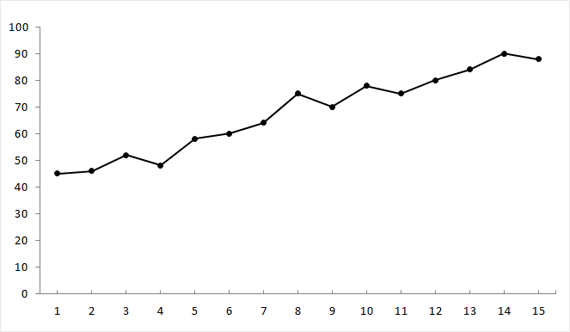
Roger's 60 Question Quiz
Assessment
•
Roger Matar
•
Professional Development
•
University - Professional Development
•
2 plays
•
Medium
Improve your activity
Higher order questions
Match
•
Reorder
•
Categorization
.svg)
actions
Add similar questions
Add answer explanations
Translate quiz
Tag questions with standards
More options
60 questions
Show answers
1.
Multiple Choice
behaviors that are annoying teachers
unwanted behaviors
communication skills
socially significant behaviors
2.
Multiple Choice
defining and generally quantifying problems or desired achievement criteria
following up
pinpointing the target behaviors to be treated
ending services
3.
Multiple Choice
Choosing another game to play
Kicking his 1:1 staff in the shin
Using the iPad
Earning all his tokens
4.
Multiple Choice
anecdotal observation
reactivity
questions
interfering behavior
5.
Multiple Choice
interviews, checklists, tests, and direct observation
interviews, lists, tests, and direct observation
interviews, checklists, indirect assessments, and direct observation
interviews, checklists, tests, and indirect observation
6.
Multiple Choice
Teaching an adult with autism to order from restaurant menus
Taking a teenager with autism to her high school sports games
Buying children's toys for an adult with autism that attends and participates in a day program and has a part time job
A student with autism joining the debate team at school

Explore this activity with a free account
Find a similar activity
Create activity tailored to your needs using
.svg)

Health Care Patient Safety
•
11th - 12th Grade

Child Care Schedule
•
Professional Development

Quizizz Test Lesson
•
5th Grade

Professionalism in Healthcare
•
11th - 12th Grade

Is our Classroom Management Culturally Responsive?
•
Professional Development

Communication Styles
•
10th Grade

Coping with Stress
•
Professional Development

Career Trivia
•
3rd - 5th Grade
